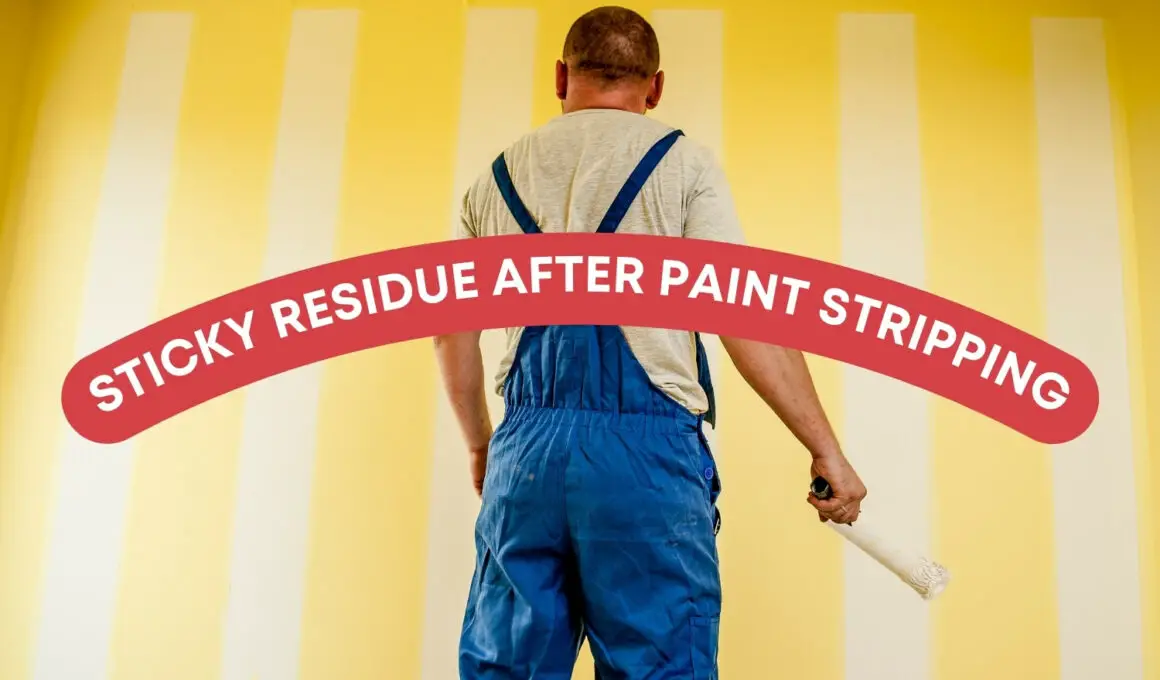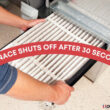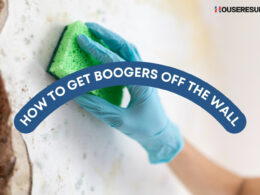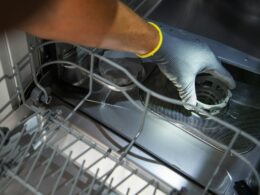Table of Contents Show
Paint stripping can be a tedious and challenging process. You’re trying to remove a layer of paint without damaging the objects underneath. It’s not uncommon to end up with a thick residue on the surface after you’ve finished sanding or stripping away the paint.
This sticky residue can be hard to remove, but it’s essential that you do so to ensure that your furniture, walls, or other objects look their best when all is said and done. This article will explore what causes sticky residue after paint stripping and what to do when you find yourself with them.
Paint stripping is the process of removing paint from a surface. It can be done using various methods, including chemical strippers, sandpaper, or heat guns.
Paint strippers are chemical compounds applied to the surface to be stripped. They work by breaking down the bonds between the paint and the surface, making it easier to remove the paint.
Sandpaper is another option for paint stripping. It works by abrasively removing the top layer of paint. Heat guns can also strip paint, but experienced professionals should only use them.
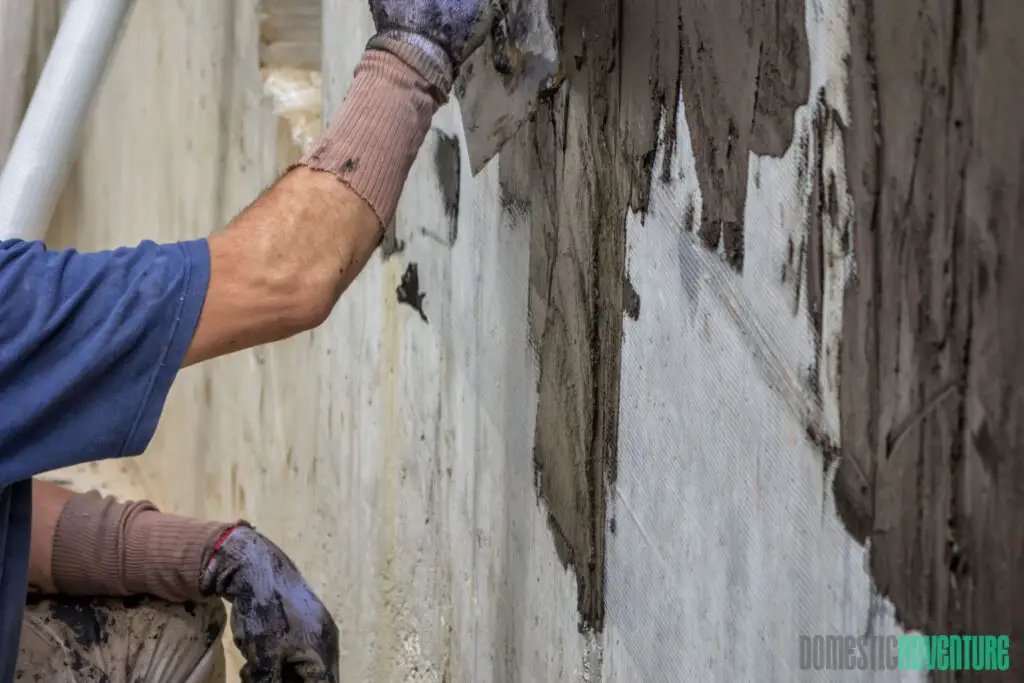
Why Are There Sticky Residues After Paint Stripping?
When you remove paint, varnish, or other finishes from surfaces, you also remove some of the binding agents that hold those materials together. These agents can be natural (like tannins in wood) or synthetic (like polymers in paint). When they’re removed, they can leave behind a sticky residue.
There are a few ways to deal with this residue. The first is to clean it up with soapy water and a sponge. If that doesn’t work, you can use a more potent solvent like mineral spirits or paint thinner. If those don’t work, you can try using a commercial stripper designed to remove sticky residues.
The best way to avoid this problem altogether is to use a product that doesn’t contain any binding agents in the first place. This type of product is called an abrasive stripper, and it works by physically grinding away the paint or finish without dissolving any of the binders.
This leaves no residue and is ideal for surfaces that will be refinished or painted afterward.
What To Do To Remove Sticky Residue?
If you’ve ever tried to remove paint from a surface, you know that it can be a challenge. You may have a sticky residue even after you’ve stripped the paint away. This can be frustrating, especially if you’re trying to repaint the surface.
You can do a few things to remove sticky residue after paint stripping. They are as follows;
- One option is to use a commercial cleaner specifically designed to remove paint stripper residue. These products can be found at most hardware or home improvement stores.
- You can also use household cleaning agents such as your vinegar solution. To do this, mix one part vinegar with one part water.
- Use a cloth or brush to apply the solution to the sticky residue. Let it sit for a few minutes, then scrub away the residue with a brush or sponge.
- If the residue is still stubborn, you can use denatured alcohol or mineral spirits. Be sure to test these on a small area first, as they may damage some surfaces.
- Apply the solvent to a rag and rub it over the residue until it dissolves. Wipe away with a clean cloth afterward.
- If you’re still having trouble removing the residue, you may need to sand the area before repainting it. Sanding may be your best bet if you’re dealing with stubborn residue.
Here’s what you need to do to get rid of that pesky residue:
- If the deposition is still wet, wipe it away with a clean cloth.
- If the residue has already dried, you’ll need to scrape it off with a putty knife or other sharp object.
- Once all the residues have been removed, wash the area with soap and water to remove any leftover stripper or paint.
- Finally, apply a fresh coat of paint or sealer to the area to protect it from future stripping.
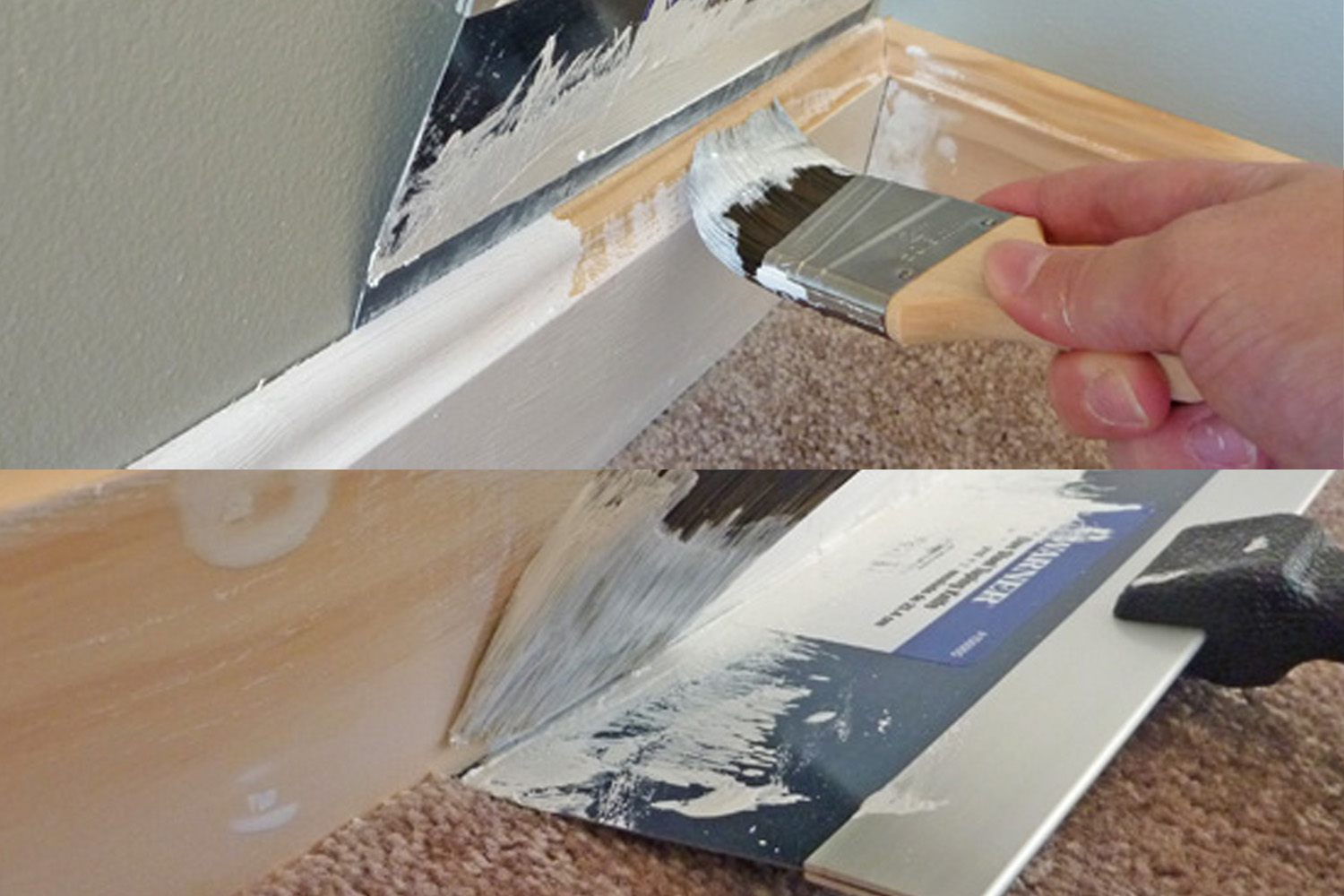
How Not To Get Sticky Residue After Paint Stripping
You can do a few things to avoid sticky residue after paint stripping.
- First, be sure to use a high-quality paint stripper.
- Second, follow the directions on the paint stripper carefully.
- Third, rinse the area with clean water after stripping the paint and allow it to dry completely before applying any new finishes.
Tips On How To Paint Strips Properly?
There are a few different ways to paint your wall strips, and the best way will largely depend on the materials you’re working with.
- If you’re using latex paint, you can use a brush or roller to apply paint to the strip.
- However, when working with oil-based paint, you’ll need to use a paint thinner to remove the paint from the surface before painting.
- Begin painting the wall at the top and work your way down.
- To avoid leaving behind any streaks or smears, use even strokes and allow each layer of paint to dry completely before moving on to the next one.
- Finally, be sure to follow all instructions carefully.
When it comes to painting strips, there are a few different ways to go about it. You can use a chemical stripper, heat gun, or sandpaper.
Whichever method you choose, you may be left with some sticky residue afterward.
However, the good news is that there are ways to get rid of these residues, which includes chemical products from stores and vinegar solution.






